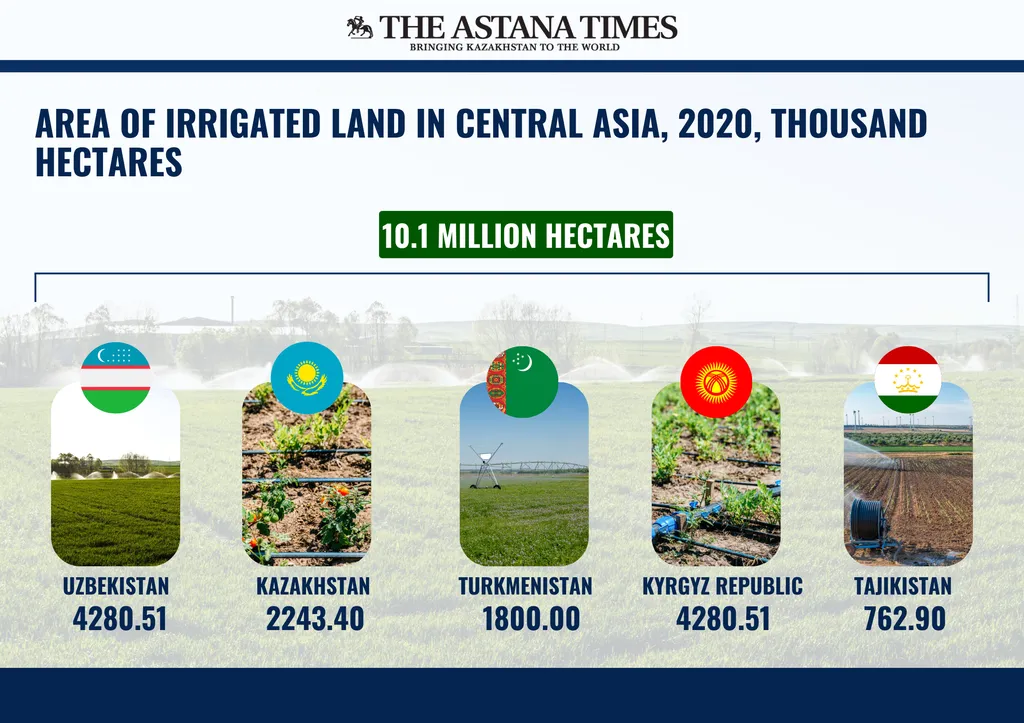In the heart of Central Asia, where vast expanses of arable land are threatened by the creeping menace of soil salinity, a new study sheds light on the critical role of drainage systems in combating this agricultural scourge. Led by Z. Kannazarova from the Tashkent Institute of Irrigation and Agricultural Mechanization Engineers, National Research University, the research offers a comprehensive bibliometric analysis of publications on soil salinity in the region from 2000 to 2022, with a particular focus on the importance of drainage.
Soil salinity is not just an environmental issue; it’s an economic time bomb. The extensive economic impact of soil salinization on the national economy of Central Asian countries is significant, with agricultural productivity and land value at stake. “The problem of soil salinity is a serious disaster in many arid and agricultural regions, especially in Central Asia,” Kannazarova emphasizes. “To solve this problem, three systems are of great importance: drainage system, high-quality land leveling, and salt washing activities.”
The study, published in the Bulletin of the Dokuchaev Soil Science Institute (Бюллетень Почвенного института им. В.В. Докучаева), analyzed 661 publications from the Scopus database. The findings reveal that the majority of these articles were published in English, with the highest publication numbers coming from Uzbekistan, Kazakhstan, Germany, China, the Russian Federation, and the United States.
One of the most compelling insights from the research is the need for international collaboration. “International research on soil salinity and the importance of the drainage system is needed to expand the scientific exchange on this topic,” Kannazarova notes. This call for global cooperation underscores the universal nature of the problem and the shared interest in finding sustainable solutions.
The study also highlights the importance of long-term, continuous research and the sustainable development of soil salinization concepts for future agriculture and soil salinity management integration. This forward-looking approach is crucial for shaping policies and practices that can mitigate the economic and environmental impacts of soil salinity.
For the energy sector, the implications are significant. Agriculture is a major consumer of energy, and the productivity losses due to soil salinity can have a ripple effect on energy demand and supply. Efficient water management, including effective drainage systems, can not only improve agricultural yields but also optimize water and energy use, contributing to a more sustainable and resilient food system.
As we look to the future, the insights from this research could shape the development of new technologies and practices aimed at combating soil salinity. From innovative drainage systems to advanced soil monitoring techniques, the potential for technological advancements is vast. These developments could not only enhance agricultural productivity but also create new commercial opportunities in the energy and water management sectors.
In conclusion, Kannazarova’s research serves as a wake-up call and a roadmap for addressing the pressing issue of soil salinity in Central Asia. By fostering international collaboration and investing in long-term research, we can pave the way for sustainable agriculture and a more secure economic future. The journey is just beginning, but the path forward is clear.

